Optimal Timing for Erosion Repairs
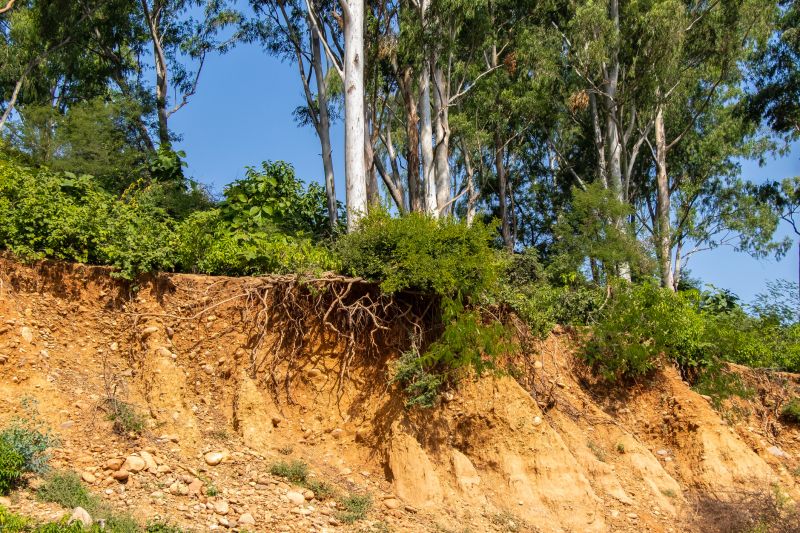
Spring is ideal due to moderate weather and stable soil conditions.

Summer offers longer daylight hours, but dry conditions are necessary for effective repairs.

Fall provides cooler temperatures and less rainfall, suitable for erosion work.

Ways to make Erosion Repairs work in tight or awkward layouts.

Popular materials for Erosion Repairs and why they hold up over time.
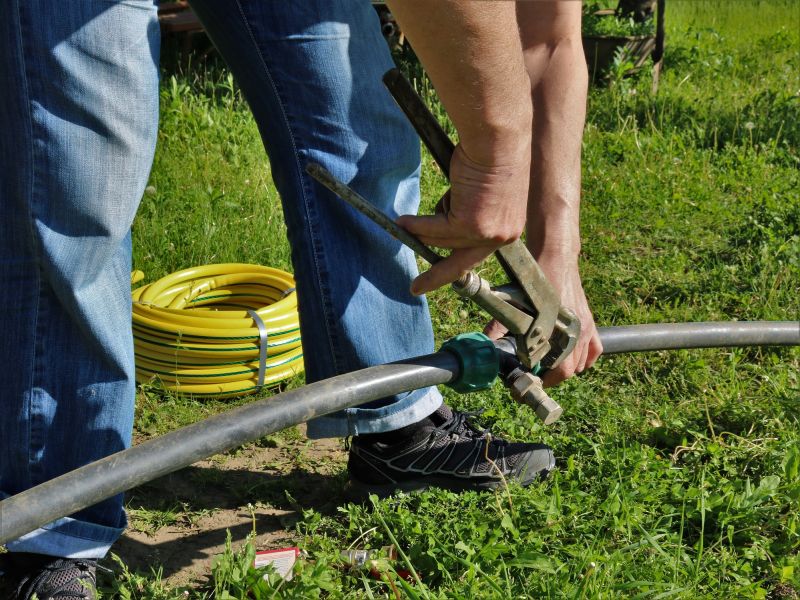
Simple add-ons that improve Erosion Repairs without blowing the budget.
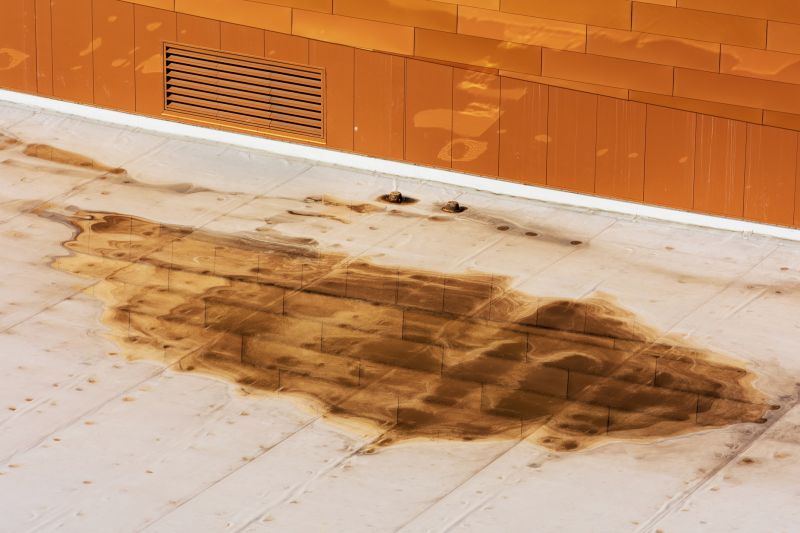
High-end options that actually feel worth it for Erosion Repairs.
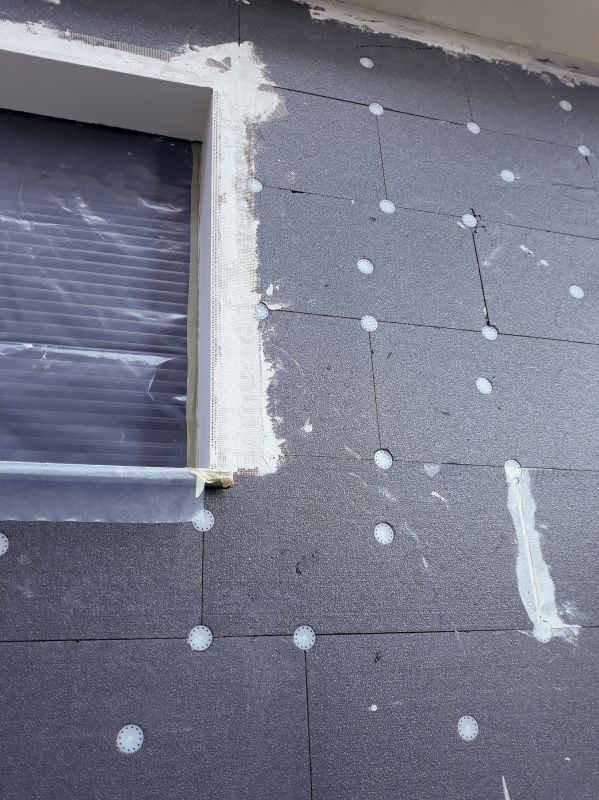
Finishes and colors that play nicely with Erosion Repairs.
Erosion repairs are critical for maintaining land stability and preventing property damage. Timing plays a significant role in ensuring the effectiveness of these repairs. The best time to undertake erosion repair projects depends on weather conditions, soil moisture levels, and seasonal temperatures. Proper timing can enhance soil stabilization, reduce repair costs, and improve long-term results.
Scheduling erosion repairs during favorable weather minimizes delays and maximizes effectiveness.
Spring and fall are generally optimal due to moderate temperatures and lower rainfall.
Heavy rain can hinder repair work and compromise soil stability, making dry periods preferable.
Damp soil can be problematic; repairs are best done when soil is dry but not overly hard.
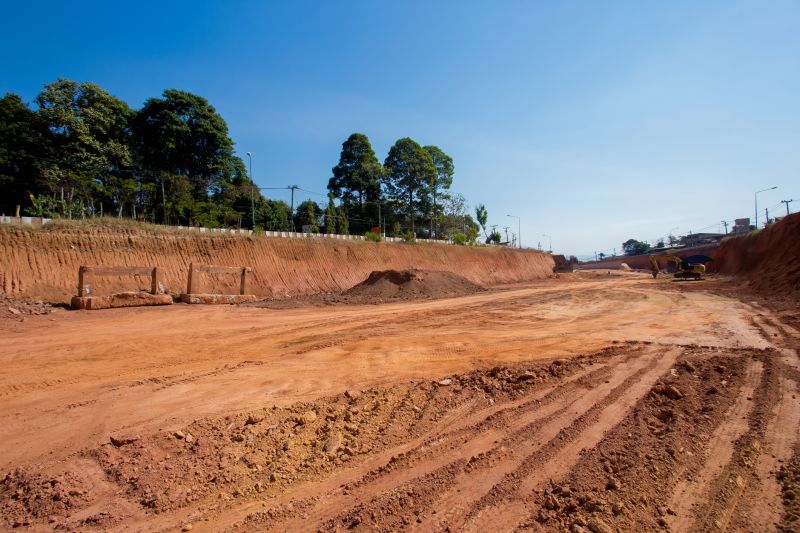
Image depicting soil stabilization techniques during optimal season.

Visual of dry vs. wet soil states impacting repair work.

Tools and machinery prepared for erosion mitigation projects.

Showcase of successful stabilization after repairs.
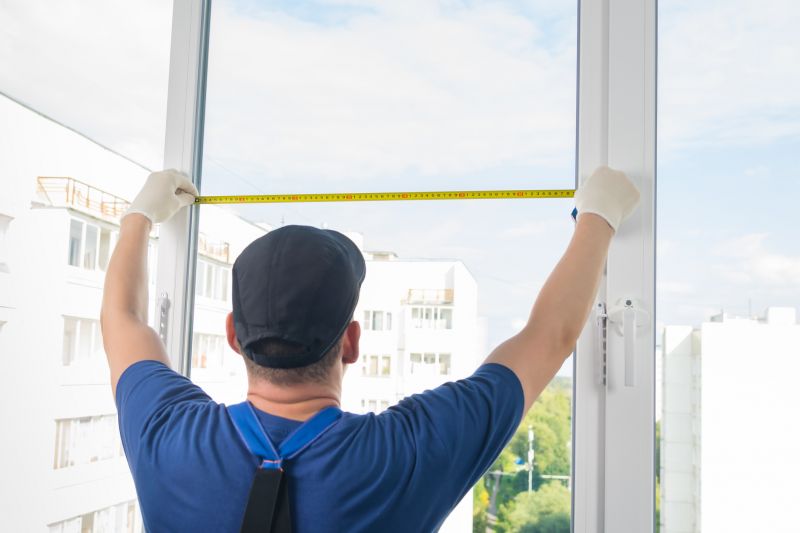
Little measurements that prevent headaches on Erosion Repairs day.
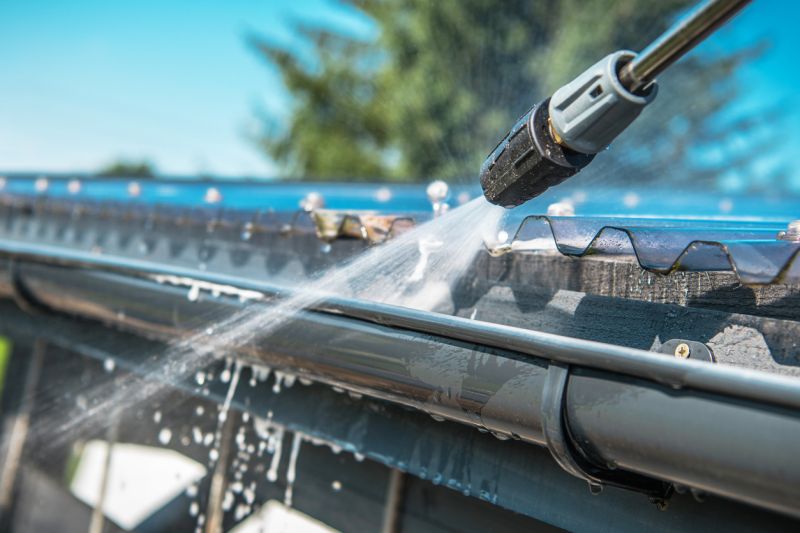
A 60-second routine that keeps Erosion Repairs looking new.
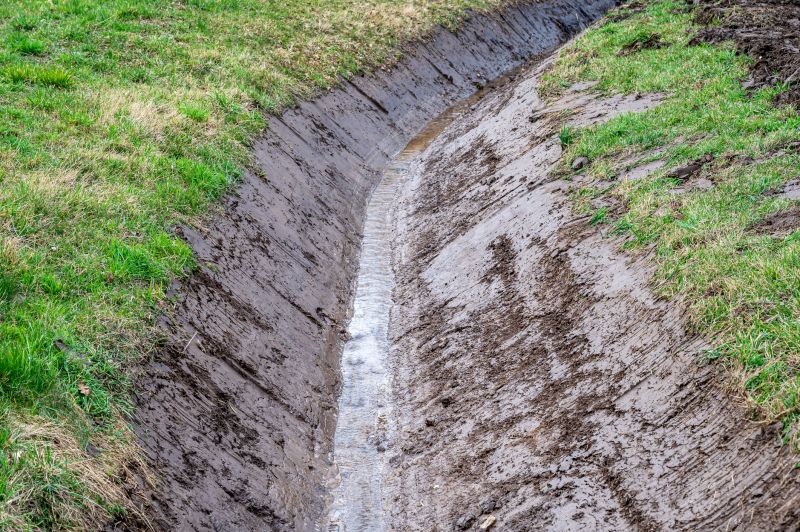
A frequent mistake in Erosion Repairs and how to dodge it.

Small tweaks to make Erosion Repairs safer and easier to use.
| Season | Ideal Conditions |
|---|---|
| Spring | Moderate temperatures, soil moist but workable |
| Summer | Dry weather, long daylight hours |
| Fall | Cool temperatures, minimal rainfall |
| Winter | Generally not suitable due to freezing conditions |
Understanding the optimal timing for erosion repairs can significantly influence their success. Selecting the right season ensures better soil conditions, reduces weather-related disruptions, and promotes quicker stabilization. Proper planning based on seasonal patterns can lead to more durable and cost-effective results.
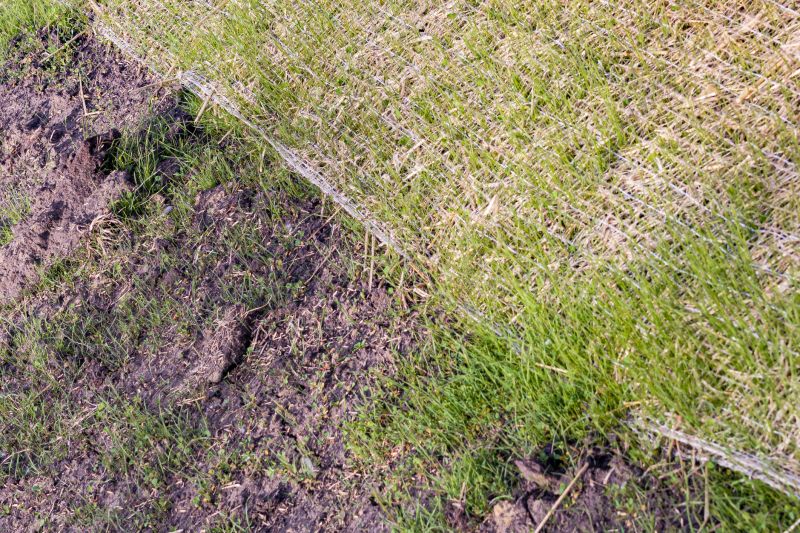
Images of methods used during ideal repair times.

Visual representation of weather effects on repair schedules.
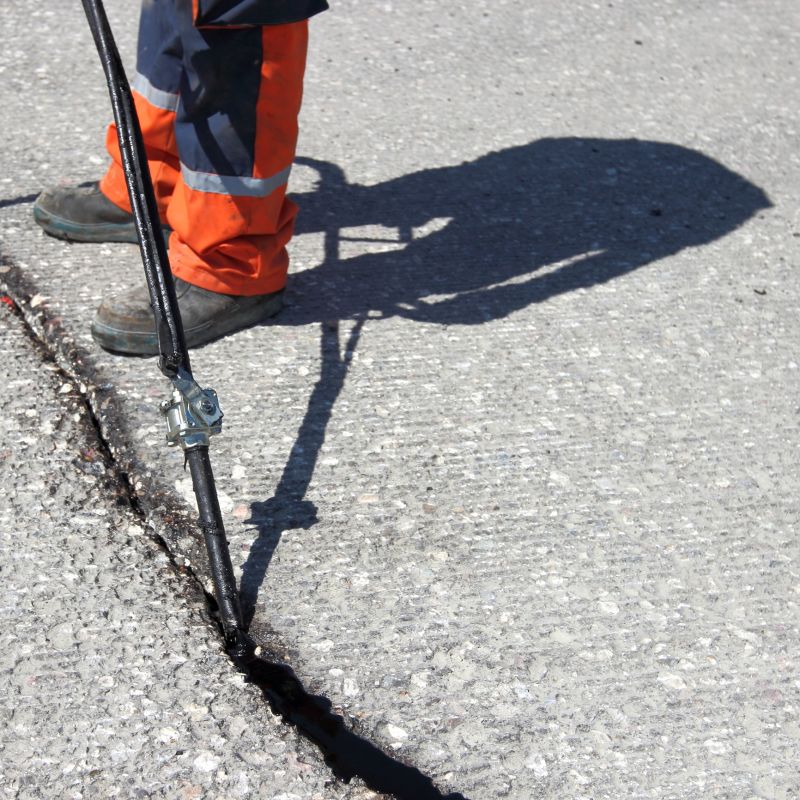
Tools suited for repairs during optimal seasons.
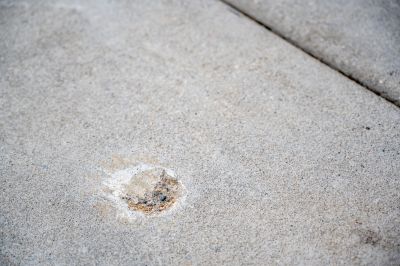
Comparison images showing repair effectiveness.
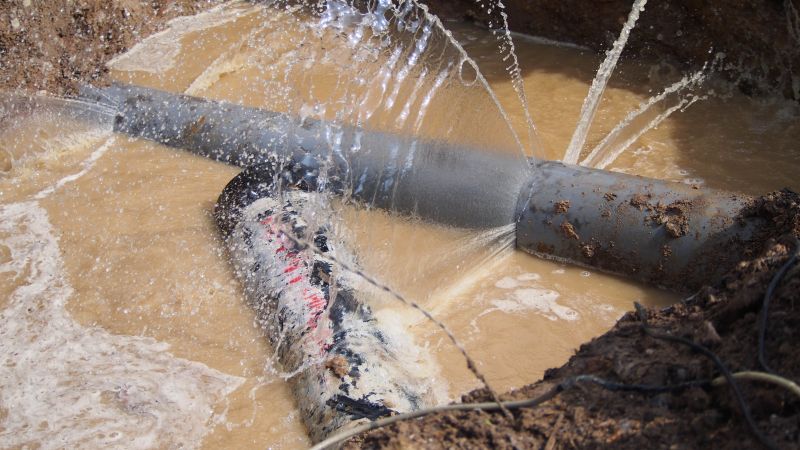
Lower-waste or water-saving choices for Erosion Repairs.
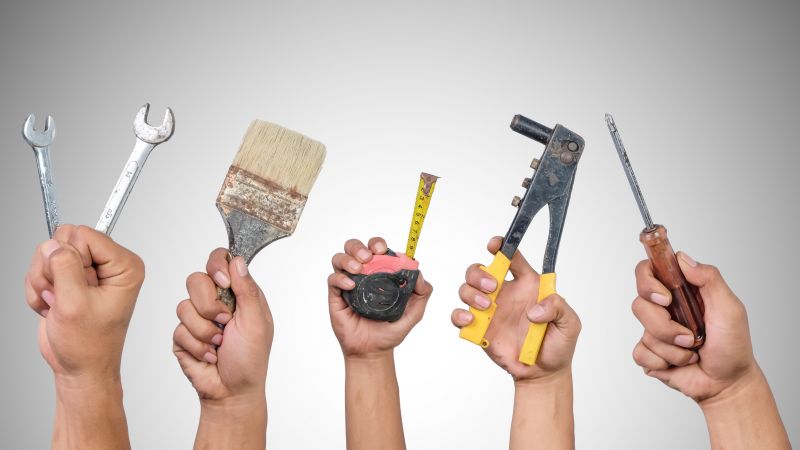
The short, realistic tool list for quality Erosion Repairs.
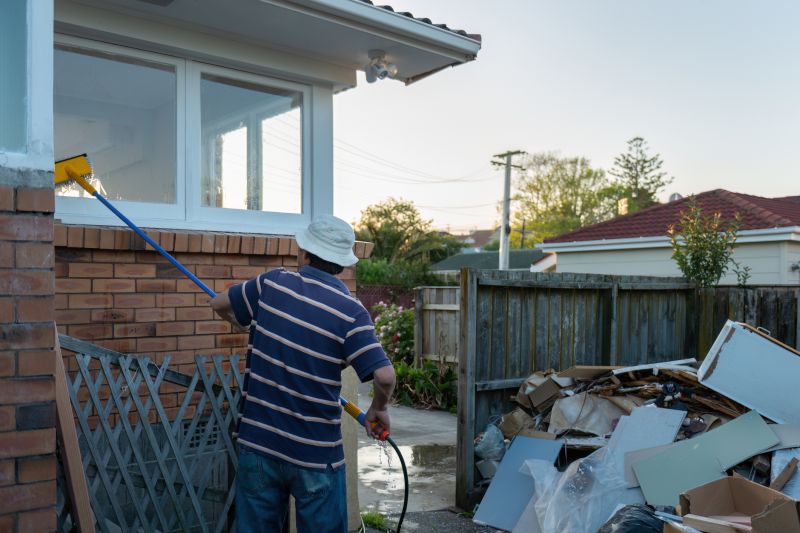
Rough timing from prep to clean-up for Erosion Repairs.

Quick checks and paperwork to keep after Erosion Repairs.
Early assessment of weather patterns can help determine the best timing.
Regular checks ensure soil is suitable for repair work.
Scheduling repairs ahead of seasonal weather changes optimizes results.
Proper timing supports ongoing land integrity and reduces future costs.
Timing erosion repairs to coincide with favorable seasonal conditions enhances their effectiveness and longevity. Proper planning and awareness of weather patterns are essential for optimal results. Engaging with professionals can help determine the most suitable time for specific project requirements.

Scheduling repairs during optimal seasons.

Assessing moisture and stability before starting.
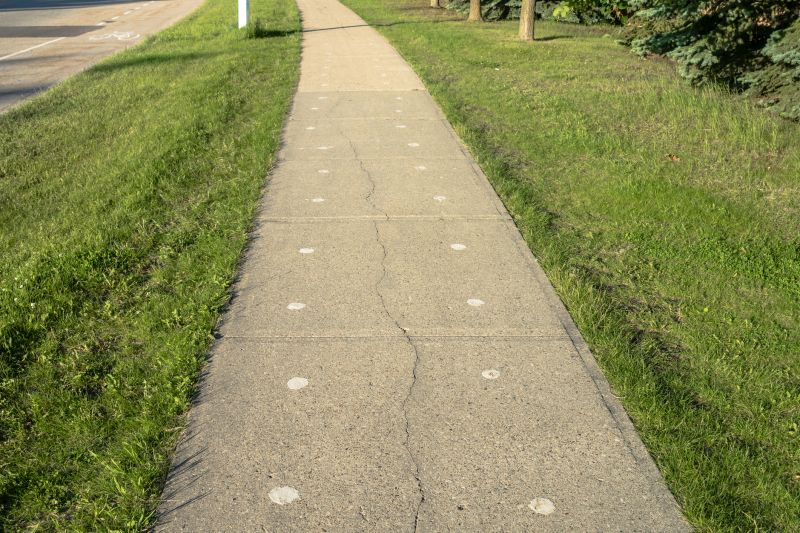
Final results after proper timing.
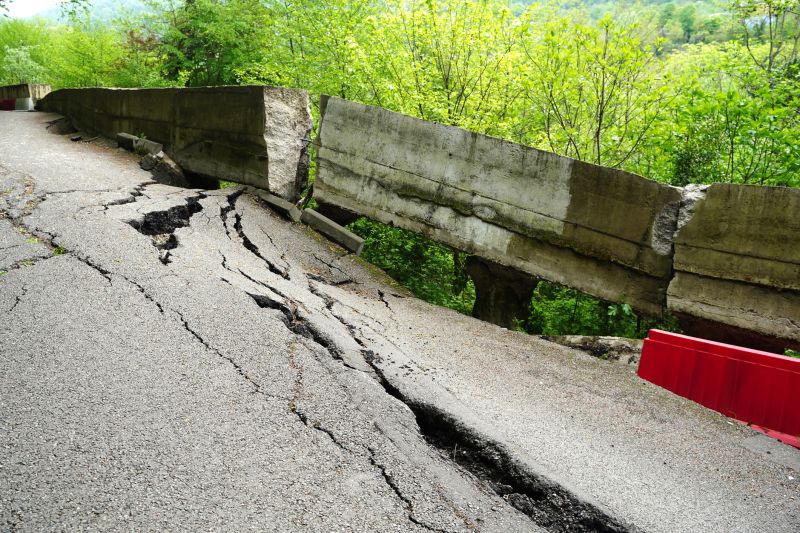
Examples that show the impact a good Erosion Repairs can make.
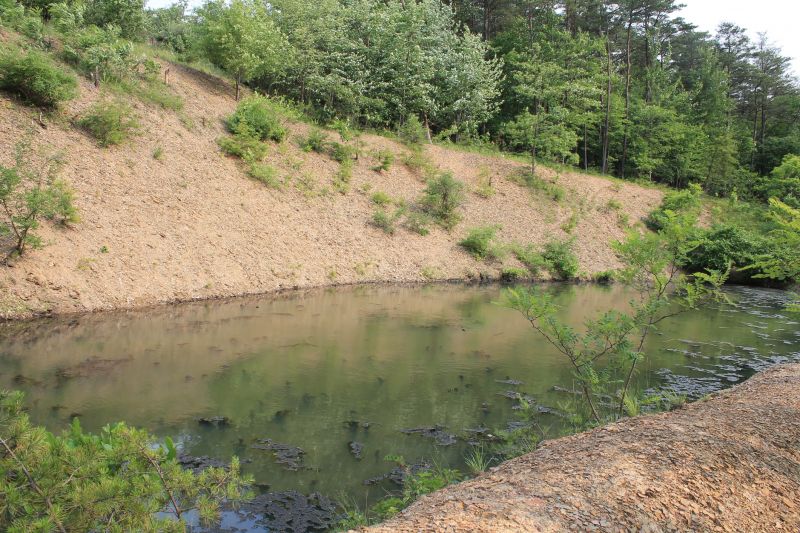
Ways to make Erosion Repairs work in tight or awkward layouts.

Ways to make Erosion Repairs work in tight or awkward layouts.
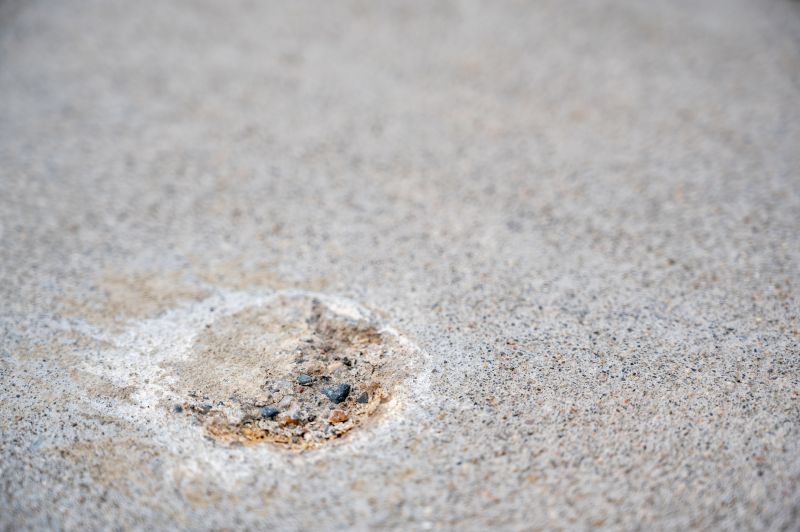
Ways to make Erosion Repairs work in tight or awkward layouts.
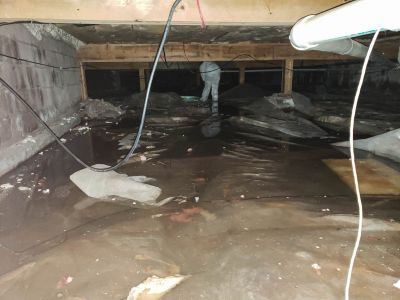
Ways to make Erosion Repairs work in tight or awkward layouts.
Interested in erosion repairs? Filling out the contact form can provide guidance on the right timing and suitable techniques for specific land conditions. Proper scheduling ensures durable and effective erosion control.
